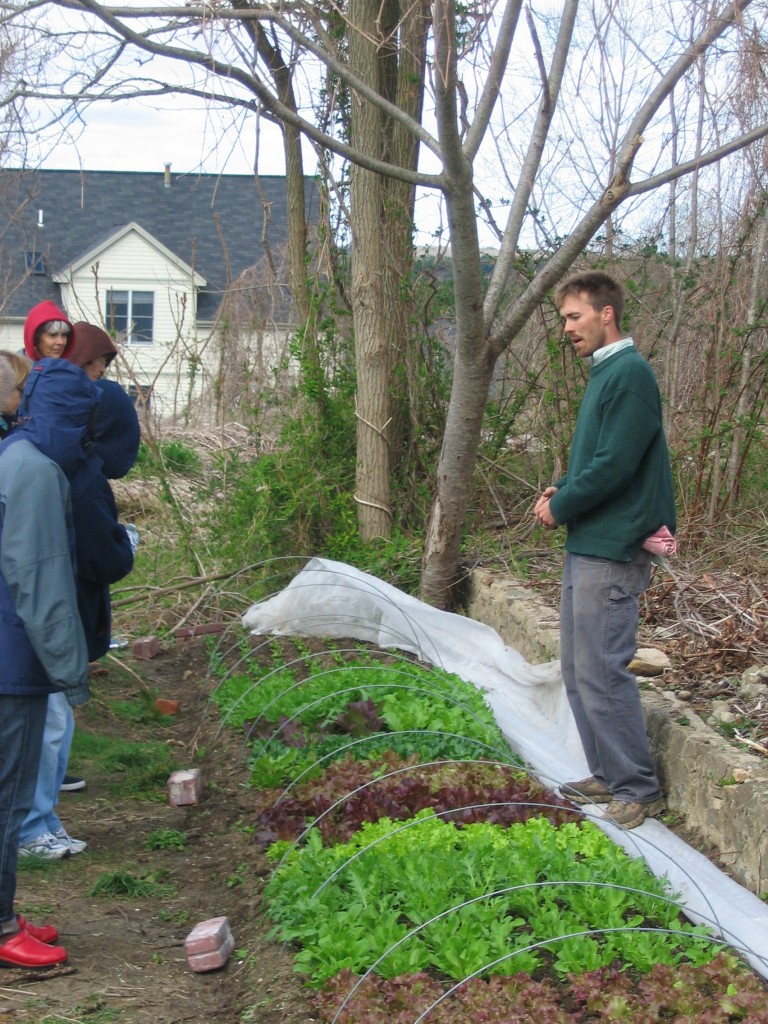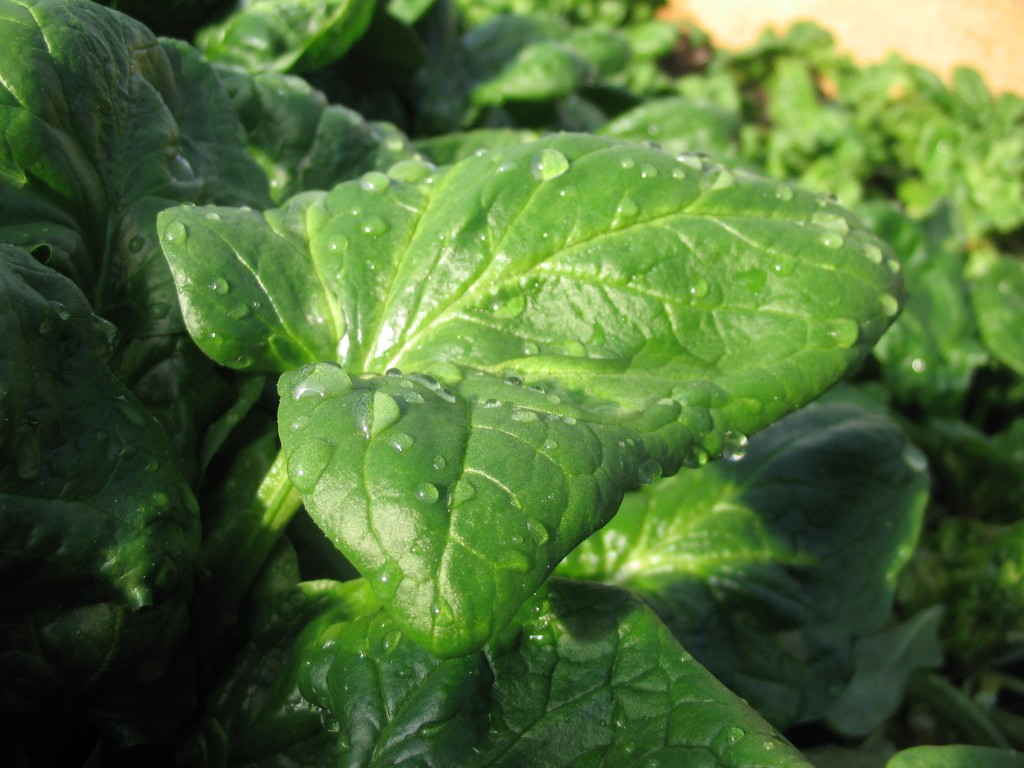Wed 28 Apr 2010
Brix… What’s That About?
Posted by admin under Food Systems, Uncategorized
No Comments
Here at Brix Bounty Farm; we are on a path toward growing high brix, nutrient dense crops. We feel that a focus on producing nutrient rich crops will result in better flavor and nutrition for the wide variety of vegetables we grow for our CSA and markets. In April, we presented a short webinar hosted and now archived by the Environmental Leadership Program:
Nutrient Dense Foods for Consumers, Gardeners, and Farmers from Environmental Leadership Program on Vimeo.
The focus on nutrient dense production has been around quite awhile, but it’s really picked up steam in the past few years. Each growing season, more farmers and gardeners are beginning to focus on the nutrient quality of their crops; perhaps we are on the verge of a tipping point toward broadscale interest in the relationship between soils, health, and nutrition. Dan Barber, the influential Chef at Stone Barns in New York, referenced refractometer use as a in his recent interview with the TED Blog:
While we support organic farming, we do so in a thoroughly modern context, employing the most innovative, up to date, and efficient technologies to move food forward. One example is the refractometer—a small, handheld device that measures Brix, the sugar content of a fruit or vegetable.
Looking for more information? Our Farm&Garden Resource Page has a variety of tip-sheets including one focusing on Growing Nutrient Dense Foods. Here are four links which will provide perspective on the concepts behind Nutrient Density:
- Allan Balliett, a biodynamic growers in West Virginia offers a nice blog entry focusing on refractometer use, posted by Hartke is Online in February 2010.
- Jon Frank from International Ag. Labs and High Brix Gardens shares his answer to What is Brix?
- The Real Food Campaign led by Dan Kittredge is a leader in the Nutrient Density movement in the Northeast and nationally.
- Michael Astera’s blog The New Agriculture provides a more nuanced discussion of the matter; and provides a lengthier introduction.

